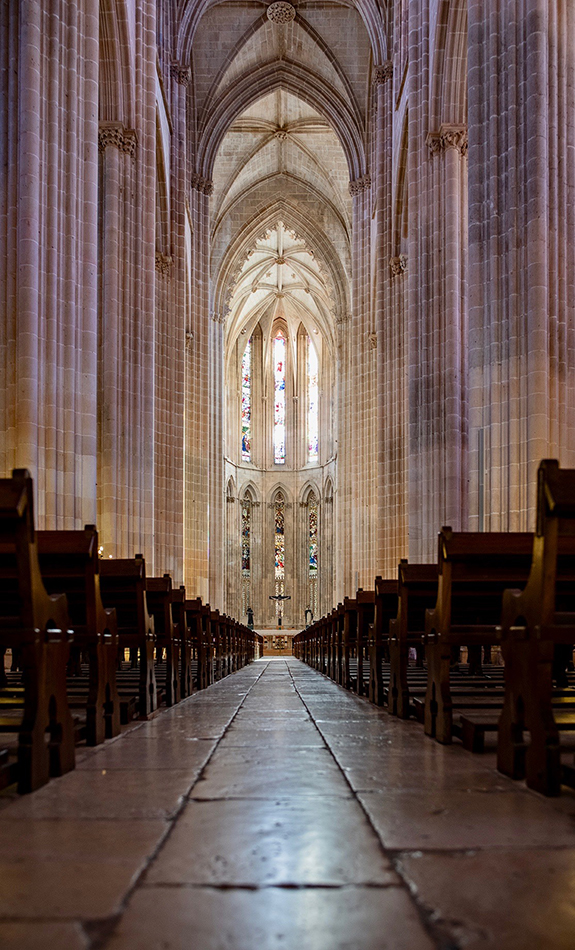
Photography has many axioms that we are taught to follow. These ‘rules’ have been established over time, some dating back hundreds of years…who hasn’t used the rule of thirds in a photograph? These guidelines help photographers compose their photograph, and serve as a starting point to explore compositions that break the rules. I always tell workshop participants there is nothing wrong with these rules, but only follow them when they support the concept and meaning of your photograph. What are you really trying to say with your image?
One big no no is the ‘bullseye’ shot. We’re taught never to put our subject in the center of the frame. But since many autofocus sensors are by default located right in the middle of the viewfinder, we take center subject photographs.

But once again I wouldn’t worry about breaking the rule (no center subjects). Sometimes placing your subject in the center is the right choice for your image. The bigger concept at play here is image balance. Look at the church above. Architecture and urban scenes often photograph very well with a symmetrical composition, with the subject being in the center. Symmetry in an image implies balance, harmony and rest, which often works well for architecture. It reflects the beautiful design of the structure, a place you want to visit and spend some time.
How about using center frame subjects in nature? The same principles apply. Take a look at this image from Glacier NP at the beginning of this post. The boat is pretty much dead center, which is perfect to reinforce the harmony of this scene. This composition is all about harmony between nature and man, in this case represented by the boat.

Bhutan.
And what about portraits? You guessed it. I photographed monks in Bhutan last year, and they were some of the most friendly, at-peace people I have ever encountered. For this portrait I positioned the monk in the middle of the frame deep in the forest. A beautiful person at harmony with himself and the world.